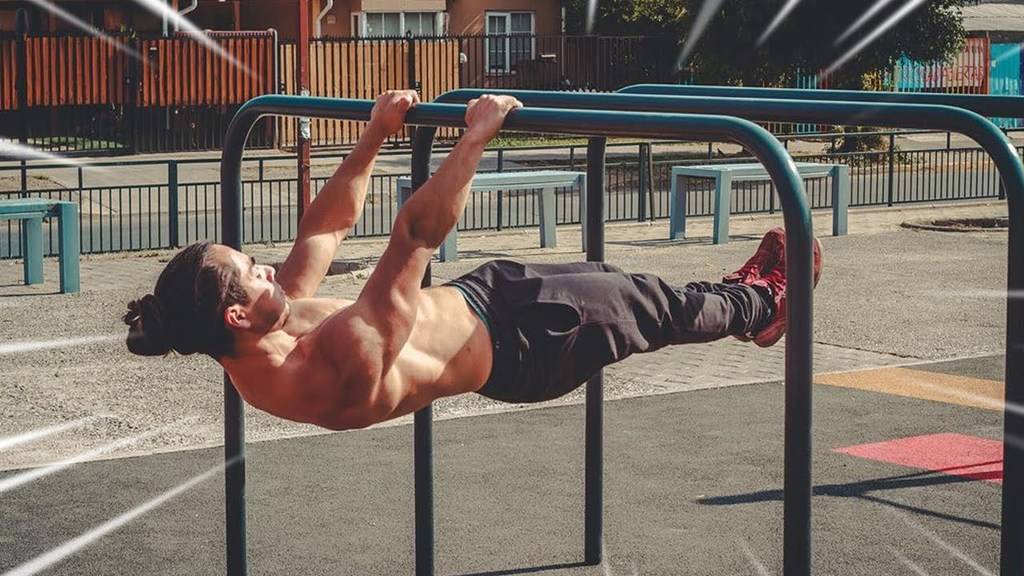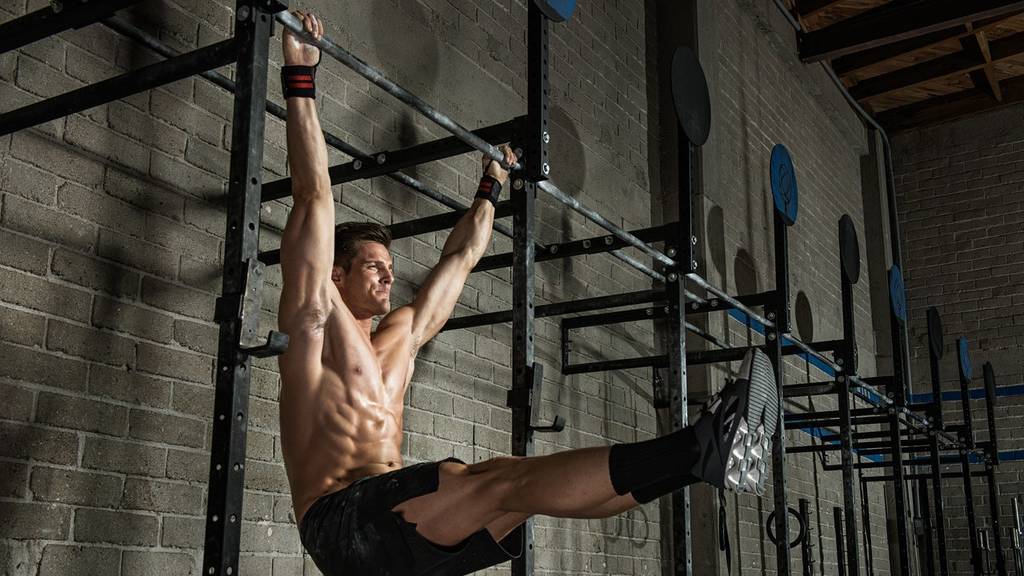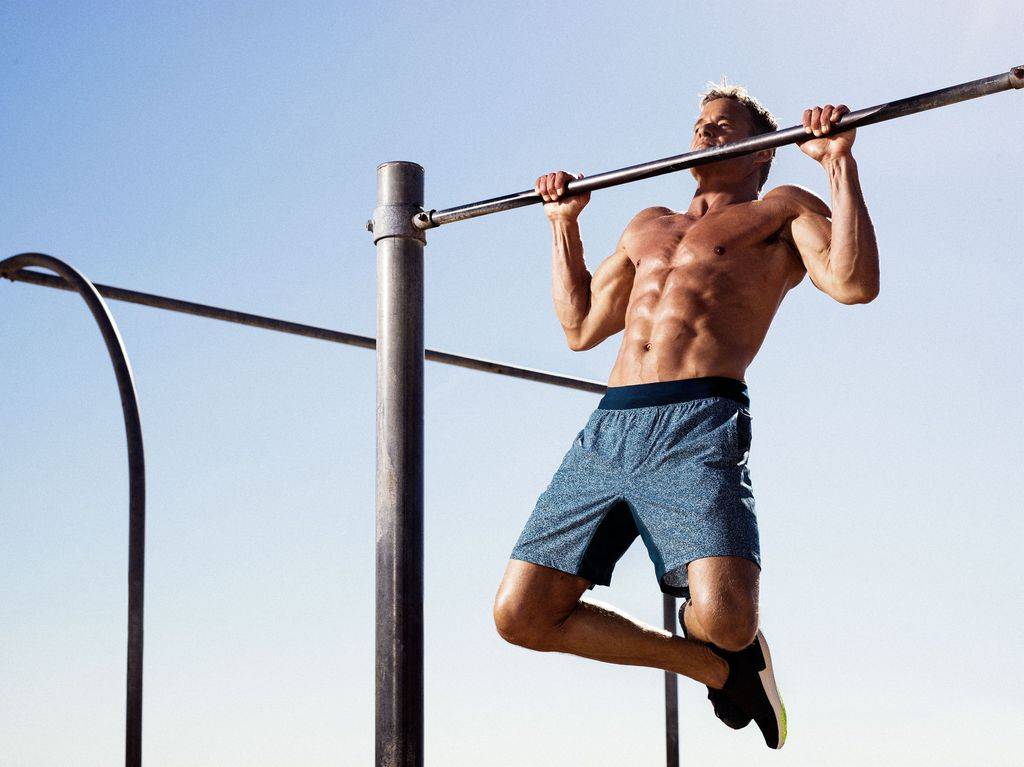Introduction
How To Get Started In Calisthenics: Calisthenics, often referred to as “street workout,” is a form of exercise that utilizes one’s body weight as resistance to build strength, flexibility, and endurance. This fitness discipline has gained immense popularity in recent years for its accessibility and effectiveness. Whether you’re a fitness enthusiast looking to diversify your training routine or a beginner seeking a straightforward and cost-effective way to get in shape, calisthenics offers an exciting path to achieving your fitness goals. We will explore the fundamental principles, exercises, and strategies to get started, regardless of your current fitness level.
Calisthenics can be adapted to suit beginners and advanced athletes alike, making it an inclusive and versatile fitness option. From mastering basic movements like push-ups and squats to progressing to impressive feats of strength like muscle-ups and handstands, calisthenics offers a wide spectrum of possibilities. The world of bodyweight training and discover how you can begin your rewarding calisthenics journey toward enhanced strength, agility, and overall fitness. Calisthenics, often referred to as “street workout,” is a form of exercise that utilizes one’s body weight as resistance to build strength, flexibility, and endurance.
A world where gym memberships and specialized equipment can be expensive and intimidating, calisthenics stands out as a practical and inclusive alternative. It allows individuals to harness the power of their own bodies to sculpt lean muscle, improve balance, and boost cardiovascular fitness. Moreover, calisthenics can be practiced virtually anywhere, whether in a park, at home, or during a quick break at work. This fitness discipline has gained immense popularity in recent years for its accessibility and effectiveness. Whether you’re a fitness enthusiast looking to diversify your training routine or a beginner seeking a straightforward and cost-effective way to get in shape, calisthenics offers an exciting path to achieving your fitness goals.

What is the best way to start calisthenics?
If you’re not sure if calisthenics are right for you or are new to bodyweight training, experts recommend beginning with the basics. “Simple calisthenics that can have a big impact on strength, balance and mobility include push-ups, planks, bodyweight lunges and squats, and the grimace-worthy burpee,” says Dr. Wright.
Learn the Basic Movements: As mentioned, calisthenics is rooted in fundamental bodyweight movements.
- Push-ups: Great for upper body strength.
- Planks: Strengthen your core muscles.
- Bodyweight lunges and squats: Work on lower body strength.
- Burpees: A full-body exercise that boosts cardiovascular fitness.
- Warm-Up: Always warm up before your workout to prevent injuries. Engage in light aerobic activity, such as jumping jacks or jogging in place, followed by dynamic stretches to loosen up your muscles.
Set Realistic Goals: Determine what you want to achieve with calisthenics. Whether it’s increasing the number of push-ups you can do, holding a plank for longer, or mastering a specific exercise, having clear goals will keep you motivated.
Create a Routine: Design a calisthenics workout routine that includes a variety of exercises targeting different muscle groups. Start with 2-3 sessions per week, allowing for rest days in between for recovery.
Is it OK to do calisthenics everyday?
if you want to build pure strength & NOT put on mass, then you approach each day as a “practice”, get plenty of rest between sets and keep the reps low, trying to perfect form. Yes, you can do calisthenics every day.
Recovery: Your muscles need time to recover and repair after intense workouts. Training the same muscle groups every day without adequate rest can lead to overtraining, fatigue, and an increased risk of injury. It’s advisable to include rest days or lower-intensity activities to allow your muscles to recover.
Variation: Repeating the same exercises every day can lead to plateaus and reduced progress. To continue making gains and prevent boredom, incorporate variation into your calisthenics routine by changing exercises, intensity, or workout structure.
Intensity: The intensity of your calisthenics workouts matters. High-intensity sessions may require more rest days, while lower-intensity activities like mobility work or light stretching can be done daily.
Listen to Your Body: Pay attention to how your body responds to daily training. If you experience persistent fatigue, soreness, or signs of overtraining (such as decreased performance, sleep disturbances, or mood changes), it’s crucial to adjust your routine and give your body the rest it needs.
Nutrition and Hydration: Proper nutrition and hydration are essential for recovery and overall health. Ensure you’re fueling your body with the necessary nutrients and staying hydrated, especially when training regularly.
What is the best age to start calisthenics?
Calisthenics exercises can be performed by people of all ages. In fact, starting calisthenics at 40 or 50 can help you to stay in shape and improve your overall level of fitness. It’s actually beneficial to do calisthenics in your 50 because you can avoid age-related muscle loss.
Calisthenics is a form of exercise that can be enjoyed by individuals of various ages, and there is no specific age limit for starting. In fact, it can be particularly beneficial for individuals in their 40s, 50s, and beyond.
Maintaining Muscle Mass: As you mentioned, calisthenics can help combat age-related muscle loss (sarcopenia) by building and maintaining muscle strength and endurance. This is crucial for maintaining functional fitness as you age.
Joint Health: Calisthenics exercises often involve bodyweight movements, which can be gentler on the joints compared to high-impact activities. This can be especially beneficial for individuals with joint concerns or arthritis.
Functional Fitness: Calisthenics focuses on bodyweight exercises that improve functional fitness, such as flexibility, balance, and coordination. These are important aspects of maintaining mobility and independence as you age.
Customizable Workouts: Calisthenics routines can be adapted to individual fitness levels and goals. Whether you’re a beginner or more advanced, you can tailor your workouts to suit your needs.
Low Cost: Calisthenics requires minimal equipment, making it an affordable and accessible form of exercise for people of all ages.

Are calisthenics stronger than bodybuilders?
In terms of raw power and the ability to lift heavy weights, bodybuilding often comes out on top. However, when it comes to functional strength, relative strength (strength in relation to body size), and body control, calisthenics practitioners typically excel.
Muscular Size vs. Relative Strength:
- Bodybuilders typically prioritize hypertrophy (muscle size) as one of their primary goals. They engage in resistance training with weights to increase muscle mass, and their training often involves high volume and isolation exercises.
- Calisthenics athletes, on the other hand, focus on relative strength, which relates to the strength-to-weight ratio. They use their body weight as resistance in exercises like pull-ups, push-ups, and bodyweight squats, aiming to improve strength without significant muscle mass gain.
Specific Skills vs. Aesthetic Goals:
- Calisthenics enthusiasts often emphasize achieving specific skills and mastering advanced bodyweight movements, such as the planche, handstand push-ups, and muscle-ups. These skills require a high level of relative strength and control.
- Bodybuilders prioritize aesthetics, with a focus on sculpting and defining their muscles. They may not necessarily aim to perform advanced bodyweight skills.
Training Approaches:
- Bodybuilders typically follow a structured training program that includes a variety of resistance exercises, sets, and repetitions to target different muscle groups. They often incorporate progressive overload with weights.
- Calisthenics practitioners may follow a more specialized training regimen that emphasizes skill acquisition, body control, and mastering bodyweight exercises. They often incorporate progressions to advance to more challenging movements.
Strength Goals vs. Aesthetic Goals:
- Calisthenics athletes may prioritize functional strength and achieving specific movements or skills, while their physique may vary based on individual goals.
- Bodybuilders prioritize the aesthetic aspect of muscular development and may focus on symmetry, muscle definition, and size.
Can everyone do calisthenics?
Contrary to popular belief, calisthenics is suitable for all experience levels! Yes, it’s the style of training that’s commonly associated with gymnastics movements on bars and rings, but that’s the advanced level.
Yes, calisthenics is a form of exercise that can be accessible to nearly everyone, regardless of fitness level or age. Calisthenics exercises use your own body weight as resistance and can be adapted to suit individual abilities and goals.
Scalability: Calisthenics exercises can be scaled up or down in difficulty to match an individual’s fitness level. For example, push-ups can be modified from standard push-ups to knee push-ups or incline push-ups for those who are less advanced.
Variety of Exercises: Calisthenics encompasses a wide range of exercises, from basic movements like squats and lunges to more advanced skills like pull-ups and handstands. This variety allows individuals to choose exercises that suit their abilities and preferences.
No Equipment Required: Many calisthenics exercises require little to no equipment, making them accessible for people who may not have access to a gym or specialized workout equipment.
Improves Functional Strength: Calisthenics exercises often mimic functional movements that we use in everyday life, such as squatting, pushing, and pulling. This makes them valuable for improving overall strength and mobility.
Low Impact: Calisthenics is generally a low-impact form of exercise, making it suitable for individuals with joint issues or those who want to avoid high-impact activities.
How long should a beginner calisthenics workout be?
Including a proper warm-up and stretch, a callisthenics workout can last between 30 minutes and one hour. It’s the same as other types of training: the benefits could be lost if longer than an hour, and you might not stress your body into adaptation if too short.
A beginner calisthenics workout can vary in duration based on individual fitness levels and goals. However, a good starting point is to aim for three full-body workouts per week, with each workout session lasting between 15 to 60 minutes.
Frequency: Aim to work out three times a week to allow your body time to recover between sessions. This frequency is a balanced starting point for building strength and endurance.
Duration: The workout duration can range from 15 to 60 minutes per session. The actual length of your workout will depend on your fitness level, the exercises you choose, and the number of sets and repetitions you perform.
- If you’re just beginning and are new to exercise, you might start with shorter sessions (around 15-30 minutes) to build endurance gradually.
- As you progress and become more comfortable with the exercises, you can gradually increase the duration of your workouts, potentially reaching 45 to 60 minutes overtime.
Full-Body Workouts: For beginners, full-body workouts are an excellent choice as they target multiple muscle groups and provide a balanced approach to building strength and fitness.
Exercise Selection: Include a variety of bodyweight exercises that work different muscle groups. This can include exercises like push-ups, squats, lunges, planks, and burpees, among others.
Rest and Recovery: Don’t forget to include rest and recovery periods within your workout sessions. Rest between sets and exercises to allow your muscles to recover.
How many months does it take to learn calisthenics?
Calisthenics training involves using your own body weight for strength training, making it an effective way to build muscle, increase muscle definition, and improve overall fitness. Broadly speaking, the duration to become proficient in calisthenics can range from a few months to several years.
Building strength for calisthenics involves a combination of progressive training, proper form, and consistency.
Starting Point: Your initial fitness level and prior experience with strength training or bodyweight exercises can significantly influence how quickly you progress in calisthenics.
Consistency: Regular practice and consistency in your training routine play a crucial role in skill development and strength gains. Those who train consistently are likely to progress faster.
Goals: Your specific goals within calisthenics will impact the time it takes to achieve them. Basic movements like push-ups and pull-ups can be learned relatively quickly, while mastering advanced skills such as the planche or one-arm pull-up may take much longer.
Programming: The structure and effectiveness of your training program matter. A well-designed program that incorporates progressions and addresses weaknesses can accelerate progress.
Recovery: Proper recovery, including adequate rest and nutrition, is essential for muscle repair and growth. Neglecting recovery can slow down progress.
How do I build strength for calisthenics?
Building Strength With A Calisthenics Program
- Building Strength With A Calisthenics Program. Exercise 1: Push ups.
- Exercise 2: Pull ups. There are 2 main types of pulling in calisthenics.
- Exercise 3: Hollow body hold (Dish) The hollow body hold is the best abdominal exercise, hands down.
- Exercise 4: Superman Hold.
Master the Basics: Start with fundamental calisthenic exercises like push-ups, pull-ups, dips, squats, and planks. Ensure you can perform these exercises with proper form before progressing to more advanced movements.
Progressive Overload: To build strength, gradually increase the intensity of your workouts. This can be achieved by increasing the number of repetitions, sets, or resistance for each exercise over time.
Variations: Introduce variations of basic exercises to target different muscle groups and add complexity to your routine. For example, push-ups can be modified into diamond push-ups or decline push-ups to work different areas of the chest and triceps.
Negative Reps: Incorporate negative repetitions (eccentric phase) into your workouts. For example, for pull-ups, jump to the top position and lower yourself slowly to build strength during the lowering phase.
Isometric Holds: Include isometric exercises like planks and wall sits to build core and lower body strength. These exercises help improve stability and endurance.

Conclusion
A calisthenics journey is a remarkable step toward enhancing your strength, agility, and overall fitness. Calisthenics, with its focus on bodyweight exercises, offers a versatile and accessible path to achieving your fitness goals, regardless of your current level of experience. Starting in calisthenics involves mastering fundamental movements like push-ups, squats, and planks, gradually progressing to more advanced exercises such as muscle-ups and handstands. The beauty of calisthenics lies in its adaptability, making it suitable for both beginners and seasoned athletes.
As you begin your calisthenics journey, remember that consistency is key. Regular practice and a commitment to gradual progression will yield significant improvements in strength, flexibility, and overall physical well-being. Seek guidance from experienced trainers or online resources to refine your technique and learn new skills safely. It’s a fitness journey that can be pursued almost anywhere, requiring little to no equipment, which adds to its appeal.
In the world of fitness, calisthenics offers not just a physical challenge but also a sense of accomplishment as you conquer new movements and reach your fitness milestones. So, embrace this exciting discipline, and let it empower you to become the best version of yourself, both physically and mentally. I calisthenics is not just about exercise; it’s about discovering your true potential and achieving a healthier, stronger, and more agile you.

